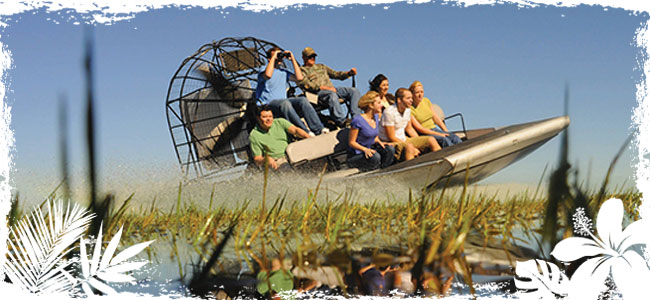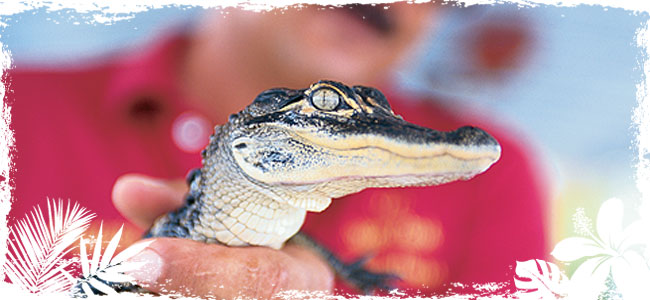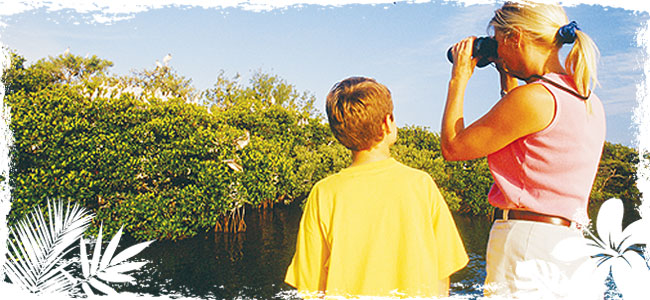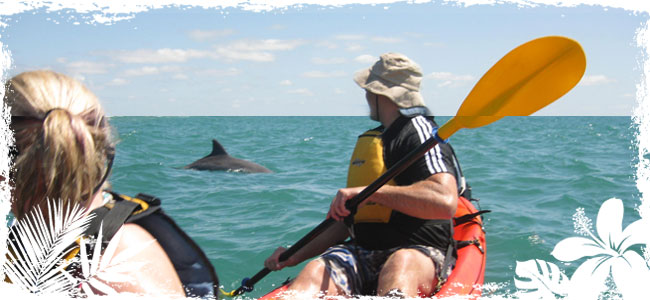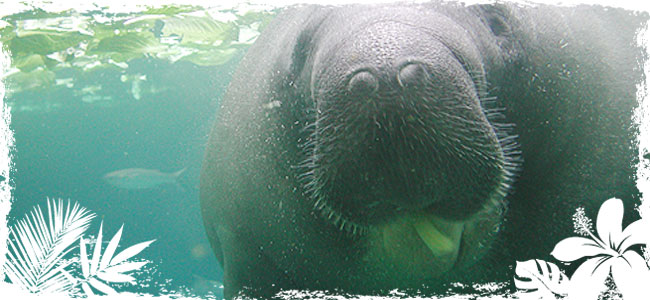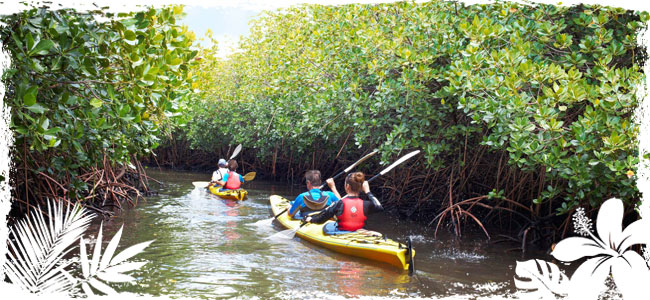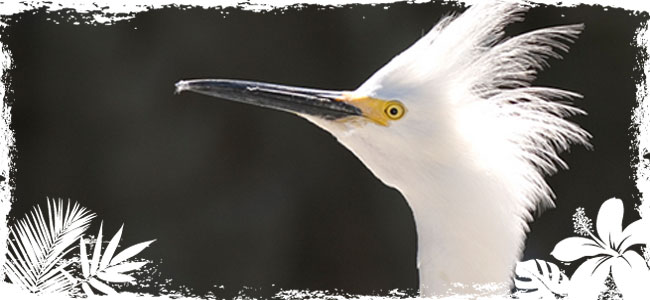At The Merritt Island National Wildlife Refuge
This calendar is to provide visitors with a general guide to seasonal wildlife events.
Weather may cause variations of one or two weeks.
JANUARY
Waterfowl concentrations peak with blue-winged teal, wigeon, shoveler and scaup being the most common. Bald eagles are incubazting their eggs. Large numbers of songbirds, including tree swallows and yellow-rumped warblers, may be seen moving through the refuge.
FEBRUARY
Various raptors such as red-tailed hawks, red-shouldered hawks, ospreys, merlins and American kestrels can be seen hunting for food. Another raptor, the American bald eagle, is actively feeding its young. Warmer days through the winter months offer a good opportunity to see alligators basking in the sun.
MARCH
Most waterfowl have returned to their northern breeding grounds except for northern shoveler and blue-winged teal, which are in full breeding plumage. Northbound migration is in full swing for warblers. Wood storks begin nesting. Egrets and herons are in breeding plumage. Bald eagle young are taking their first flights from the nest. Ospreys begin nesting.
APRIL
Manatee peak population occurs in the waters of the refuge and Indian River Lagoon. Northbound migration of willets, sandpipers, plovers, greater and lesser yellowlegs, dunlins and many other shorebirds can be observed. Black-necked stilts return for their summer visits.
MAY
Loggerhead sea turtles begin nesting. Anhingas, little blue herons, cattle egrets, great egrets, snowy egrets, tri-colored herons and other residential colonial nesting birds are busy in the rookeries. Eagles usually leave for the summer.
JUNE
Alligators become more secretive as temperatures increase and breeding activity begins. Rainy season weather patterns begin – thunderstorms are quite frequent with hot, muggy afternoons. This weather pattern continues through September. Rainy weather and insects make preparation for visiting during the summer months a must.
JULY
Many resident bird species are abundant. They include common moorhens, boat-tailed grackles, red-winged blackbirds, fish crows, scrub jays, pileated woodpeckers, mottled ducks, barred owls and double-crested commorants. Sea turtle nesting reaches peak.
AUGUST
Young residential birds are dispersing throughout the refuge after leaving their nests. Many of the early arriving shorebirds begin to appear. These include common terns, caspian terns, royal terns, ruddy turnstones and sanderlings.
SEPTEMBER
The early migration of blue-winged teal may be observed. Black skimmers become abundant. Bald eagles return to the refuge for the winter months.
OCTOBER
With the return of cooler temperatures, the first major influx of migratory birds occurs. Included are many puddle ducks such as northern shovelers, American wigeons and pintails. The first wave of birds includes shorebirds, songbirds and raptors.
NOVEMBER
The cool, sunny days of early winter provide great opportunities for walking refuge trails. Peregrine falcons can be seen migrating along the coast line. White pelicans begin to arrive after their long migration.
DECEMBER
Local Audubon affiliates conduct the annual Christmas bird count. Many rails spend the winter months on the refuge. These include king rails, clapper rails, Virginia rails and soras. Winter concentrations of shorebirds, wading birds, waterfowl and raptors are nearing their peak.



